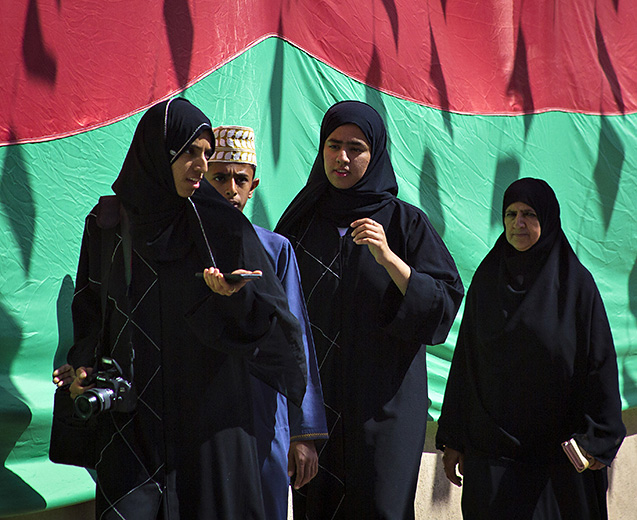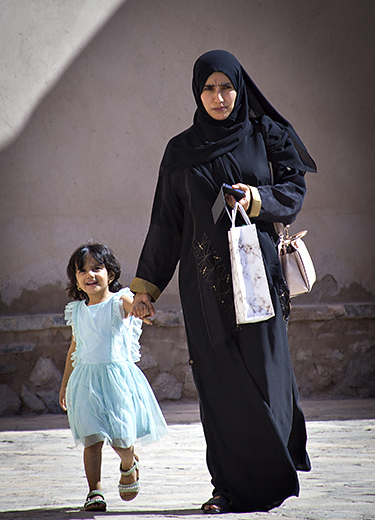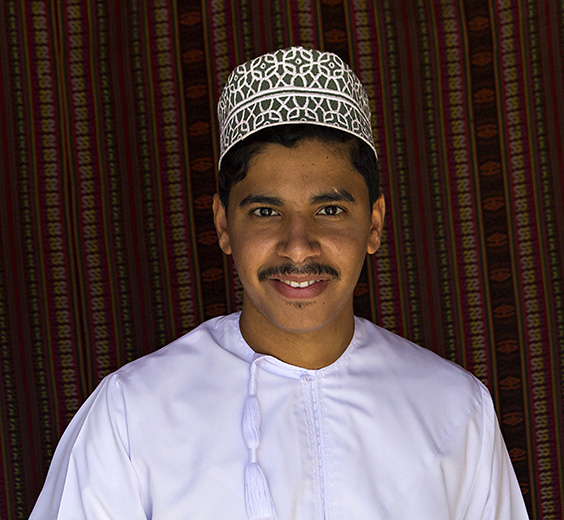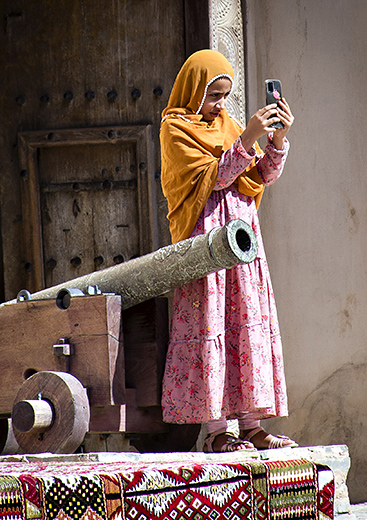Hi friends! Welcome to the last post of Dekaro Diary!! Indeed, 10 years passed since the opening of this blog and it’s time to conclude it.
The last trip of the blog, but certainly not of my life, is in Oman.
The Sultanate of Oman is in the southeast of the Arabian Peninsula. It was under the influence of the Persian Empire before entering the Arab sphere of influence. In the 16th and 17th centuries it was under Portuguese control. He reached his zenith in the 18th century when his maritime empire controlled much of the coast of the Arabian peninsula, a large part of the East African coast around Zanzibar, and part of the Persian coast. Later it entered the sphere of colonial influence of the perfidious Albion.
It followed a very isolationist and reactionary policy until 1970 when Qaboos bin Said al Said, the son of the ruling sultan, carried out a bloodless coup. Since then, Oman has opened up to the outside world, while maintaining a certain moderation, as can be seen for example in the architecture which remained quite sober.
Many immigrants, especially from India and its surroundings, live in the countries of the Arabian Peninsula. In the United Arab Emirates, they are even more than 80% of the population. Their working conditions and rights are often almost like slavery, a problem that recently had certain media coverage due to more than 6,500 workers dying in the construction of the stadiums for the World Cup in Qatar.
For us tourists, the only small problem to face is: no alcohol!
 Before reaching Oman, I stopped for a couple of days in Abu Dhabi, the capital of the United Arab Emirates.
Before reaching Oman, I stopped for a couple of days in Abu Dhabi, the capital of the United Arab Emirates.
Unlike Dubai, the most famous emirate of UAE, there aren’t spectacular skyscrapers in Abu Dhabi, so in the end it’s just a sultry pouring of concrete. Worth seeing is the recently built spectacular Sheikh Zayed Grand Mosque.
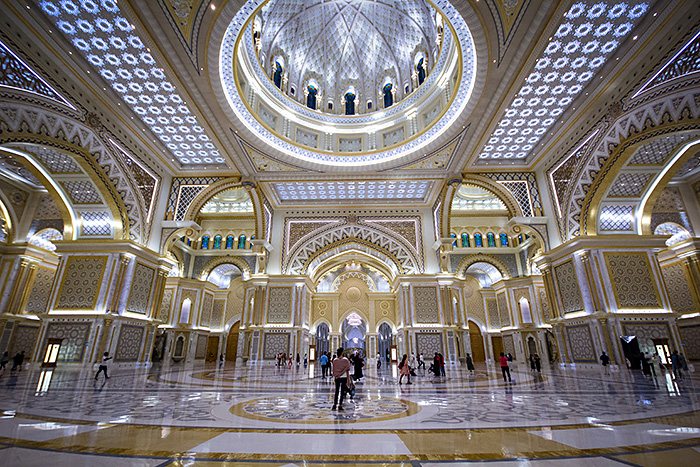 Also worth visiting is the sumptuous presidential house, Qasr Al Watan. It is used for diplomatic meetings, including the Arab League when hosted in Abu Dhabi.
Also worth visiting is the sumptuous presidential house, Qasr Al Watan. It is used for diplomatic meetings, including the Arab League when hosted in Abu Dhabi.
 My friends Giamma and Riccardo seen also in other previous posts.
My friends Giamma and Riccardo seen also in other previous posts.
 A street in Muscat, the capital of Oman. In the background, the Al-Miriani fort.
A street in Muscat, the capital of Oman. In the background, the Al-Miriani fort.
There is not much to see in the cities of Oman. On the other hand, it is extremely safe and quiet. Indeed perhaps even too much, because since there is no nightlife, no alcohol, etc… it is obvious that from the tenth night you start dreaming of a London rave with drugs and scuffle, but that’s another story.
 Shop of incense, one of the main products of Oman for millennia.
Shop of incense, one of the main products of Oman for millennia.
 After a couple of days in Muscat, we drove away with our rented car, used until that moment just to take a fine for unpaid parking. The first stop on the way was at the so-called Sinkhole, a splendid natural pool surrounded by rocks.
After a couple of days in Muscat, we drove away with our rented car, used until that moment just to take a fine for unpaid parking. The first stop on the way was at the so-called Sinkhole, a splendid natural pool surrounded by rocks.
 Giamma checks the best route between the boulders of the Wadi Shab canyon.
Giamma checks the best route between the boulders of the Wadi Shab canyon.
But it’s better to not listen to his suggestions. In fact, even if, unlike them, I didn’t have trekking shoes, I was doing quite well until when, climbing up a boulder, Giamma said: “Gianku (it’s my nickname in Malta) listen to what I’m telling you, put your foot here“. Done: foot on a thorn plant that pierced my sole. Giamma is not a prankster so I still want to believe in his good faith, but it was a moment of excruciating pain.
That night we went for a tour to Ras Al Jinz beach, where sea turtles lay their eggs. There are no photos because it was too dark and, at least in theory, flash was not allowed to not confusing the newborn turtles, who instinctively follow glitters to reach the sea in the dark night.
We saw many of them laboriously venturing towards the shoreline (despite tourists’ cellphone lights and flashlights) and, thanks to the guide, we also found a large turtle that was laying its eggs in a pit dug in the sand (I strongly suspect that it was actually a robot controlled to move its hind legs ![]() )
)
The stars were fully shining.
 The desert dunes of Wahiba Sands.
The desert dunes of Wahiba Sands.
 Our quaint desert tour guide. A little vain, he loved to be photographed. Great driver, the tour consisted mostly of a funny duning (I guess this word has already been invented) up and down frantically on his off-road vehicle.
Our quaint desert tour guide. A little vain, he loved to be photographed. Great driver, the tour consisted mostly of a funny duning (I guess this word has already been invented) up and down frantically on his off-road vehicle.
 Among the ruins of Birkat Al Mouz, an abandoned village made up of mud-bricks houses and surrounded by palm trees. It was still partially inhabited until a couple of decades ago.
Among the ruins of Birkat Al Mouz, an abandoned village made up of mud-bricks houses and surrounded by palm trees. It was still partially inhabited until a couple of decades ago.
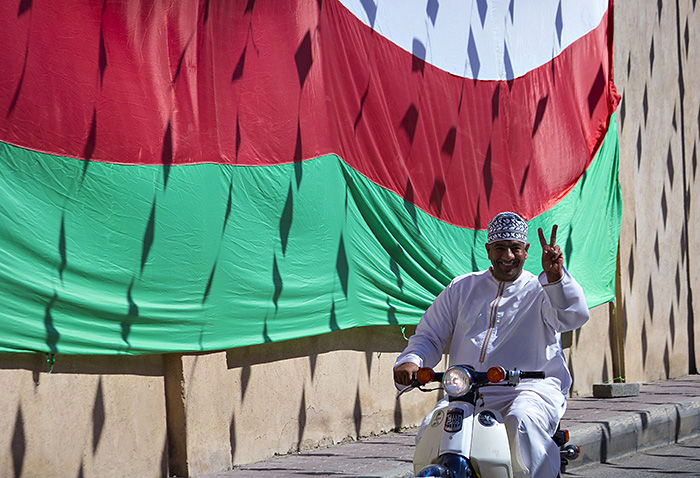 In Nizwa, adorned for Oman’s National Day, November 18.
In Nizwa, adorned for Oman’s National Day, November 18.
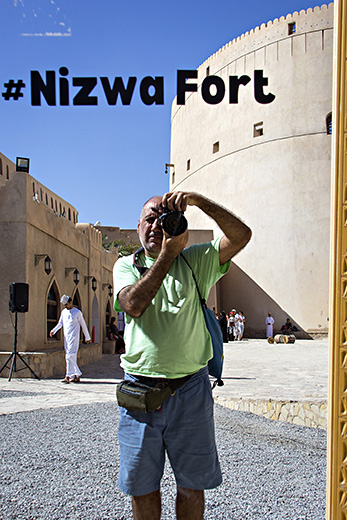 Ehh, me too a little vain sometimes. Let’s admit it.
Ehh, me too a little vain sometimes. Let’s admit it.
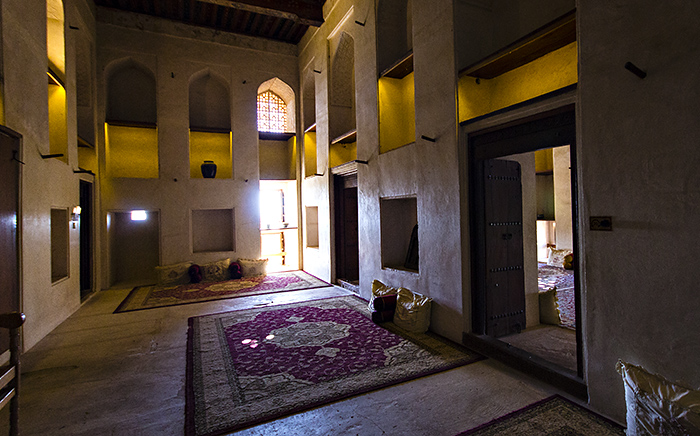 Inside the Jabrin Castle. Built in 1675, it was an important centre of learning for astrology, medicine and Islamic law.
Inside the Jabrin Castle. Built in 1675, it was an important centre of learning for astrology, medicine and Islamic law.
The lady at the ticket office maybe is still laughing at my bold attempt at a student discount.
 Back to Muscat, at the Sultan Qaboos Grand Mosque.
Back to Muscat, at the Sultan Qaboos Grand Mosque.
 The amazing ceiling of the mosque.
The amazing ceiling of the mosque.
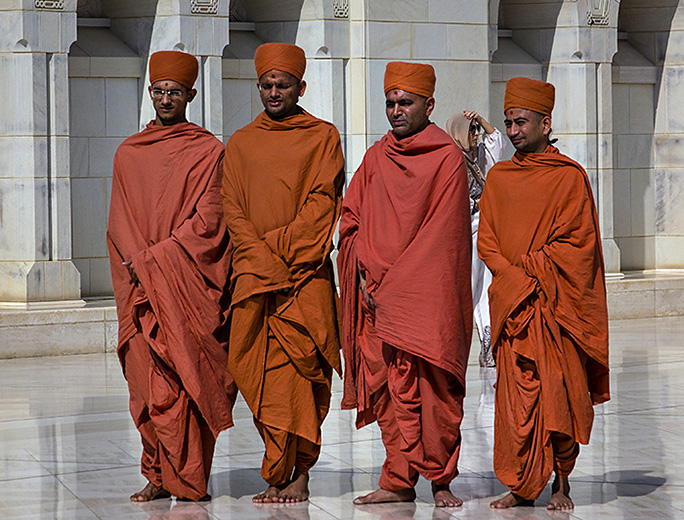 Hindus in the mosque. (Don’t ask me the reason, I just shoot photos).
Hindus in the mosque. (Don’t ask me the reason, I just shoot photos).
Since it is the last post, I put the map of the visited countries. They are 116 (in total, 50 narrated in this blog). And yet, as you can see, there is still a lot to visit, especially the Pacific islands, the countries of sub-Saharan West Africa, large nations such as Canada, Mongolia, etc…
 Well, that’s it. It is time for me to walk away lonely in the barren desert in the search of the truth. Diabolical challenges await me but if I can overcome them I will return.
Well, that’s it. It is time for me to walk away lonely in the barren desert in the search of the truth. Diabolical challenges await me but if I can overcome them I will return.
Actually, I will not come back. You don’t deserve me… I remain wandering in the desert.
Okay, now don’t panic. I know I can’t leave you alone for too long in your cold existential bewilderment. One day… I’ll be back.



























































